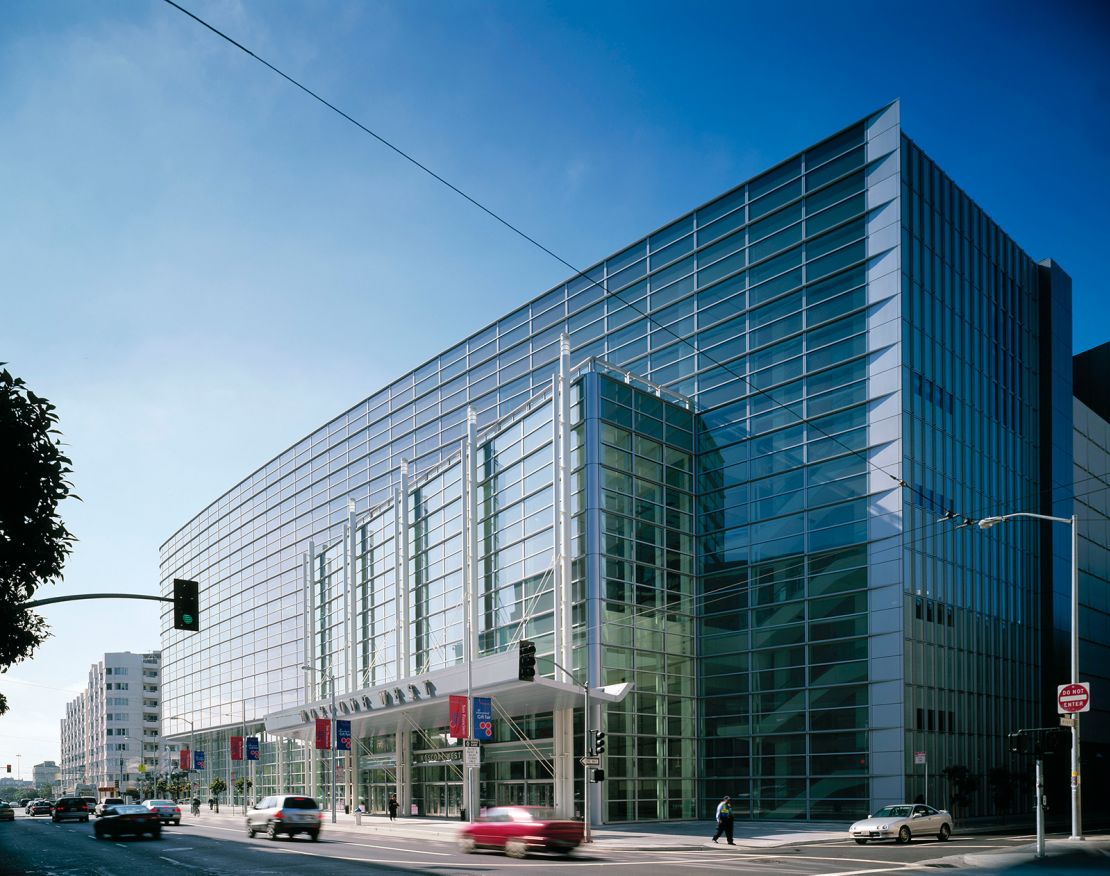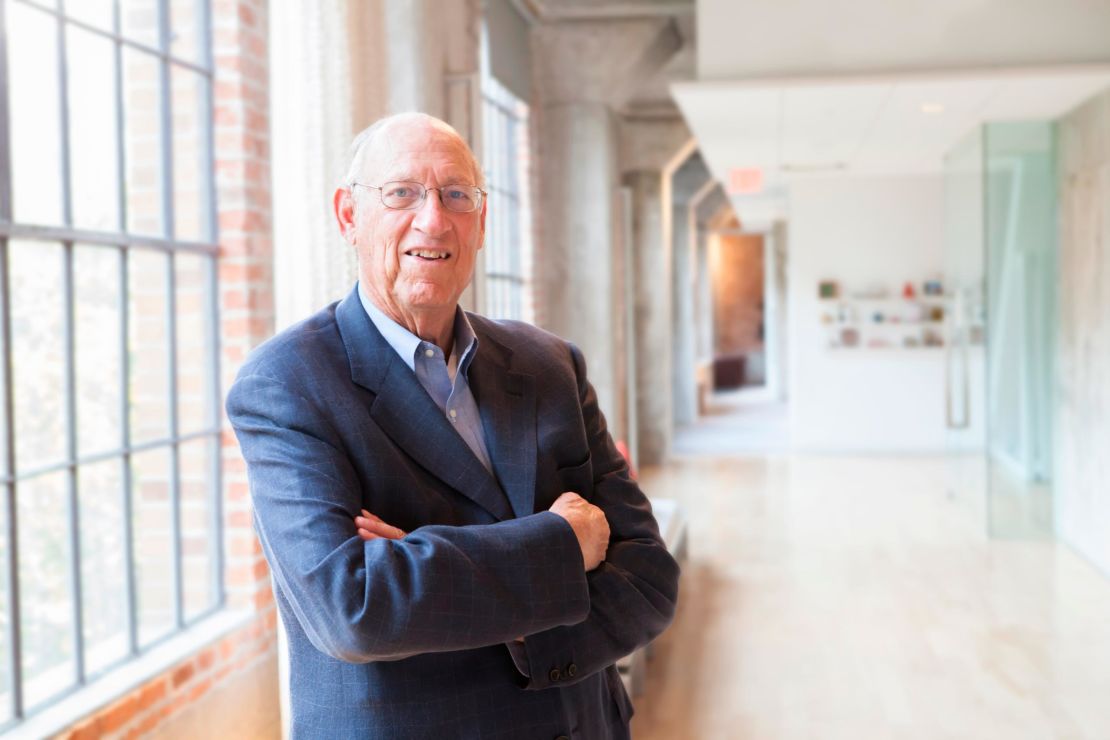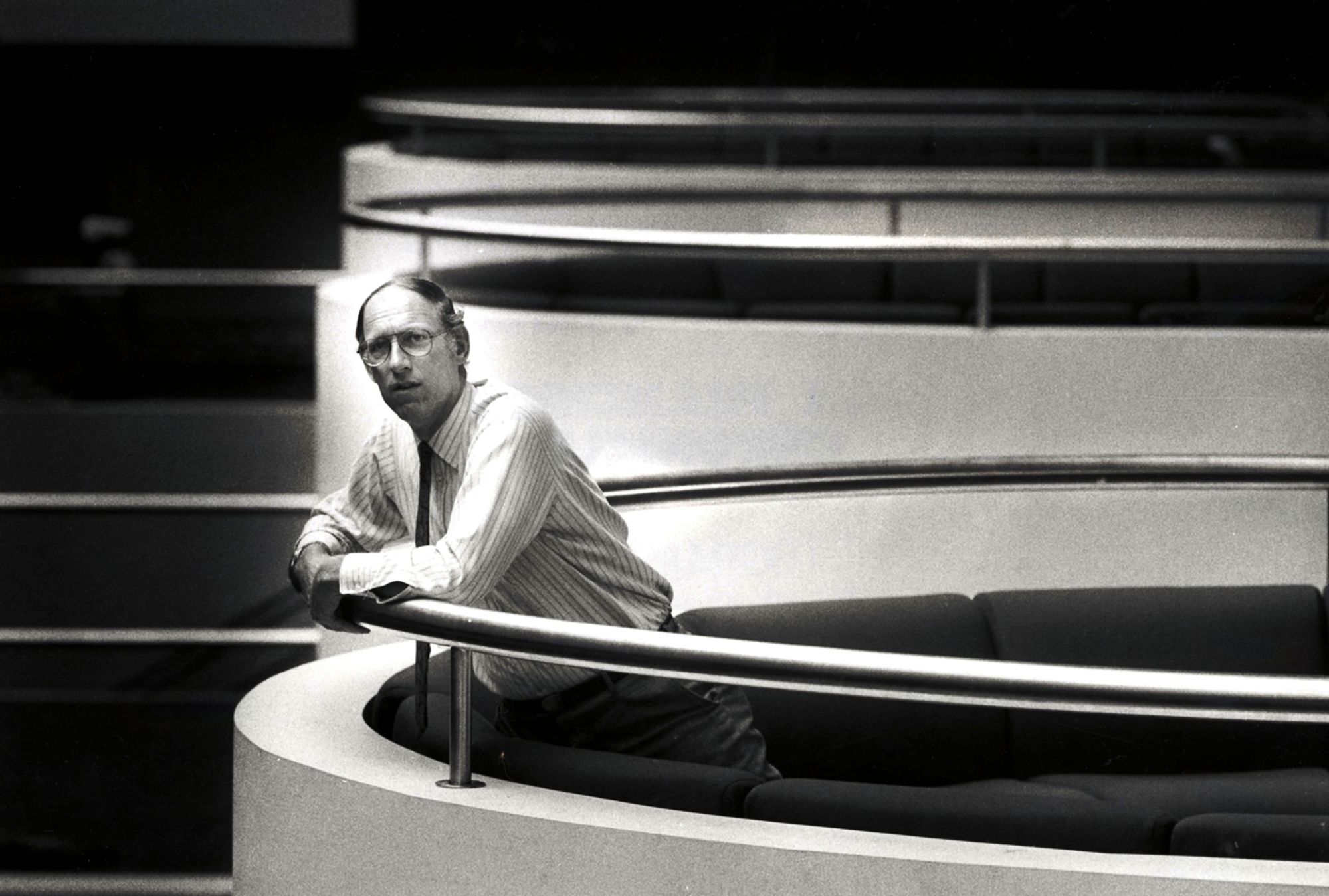Art Gensler, who grew his San Francisco interior design business into the world’s largest architecture firm, has died aged 85.
Gensler, whose eponymous practice designed many of the world’s best-known buildings – from China’s tallest skyscraper to terminals at San Francisco International Airport – passed away on Monday at his home in Mill Valley, California, following a battle with long-term illness, a company spokesperson confirmed.
Born in New York City in 1935, Gensler went on to study at Cornell University’s College of Architecture, Art, and Planning – a school that he would support financially throughout his six-decade career (including a $10 million gift earlier this year).

In 1965, he founded M. Arthur Gensler Jr. & Associates, Inc. alongside his wife Drucilla, who died in 2017, and their business partner James Follett. But what began as a small interiors shop soon expanded its scope to span architecture, planning and consulting.
Over the decades, Gensler’s firm has designed universities, hotels, sports stadia and universities, touching almost every part of the built environment. It has created corporate headquarters for the likes of Facebook, Burberry and Hyundai, and airports from Detroit, Michigan, to Incheon, South Korea.
In the process, the company has grown into giant of global architecture, employing thousands of people at offices in 50 world cities. In 2019, its revenue was in excess of $1.5 billion – more than double that of the next largest firm, according to an annual list compiled by industry magazine Building Design + Construction.

But while Gensler was renowned for reinventing the business of architecture, he was also a designer with a fixation on the user experience. With his “inside-out” philosophy informing much of its work, the firm never abandoned its founder’s interior design roots – and was even responsible for pioneering the very first Apple Stores.
This is not to say, however, that Gensler did not understand the symbolic power of architecture. For all the understated buildings he oversaw, there were also icons that redefined their skylines – not least the twisting Shanghai Tower, the world’s second-tallest building, which rises like a corkscrew more than 2,000 feet into the sky.
“They certainly were not bashful about wanting (one of) the tallest buildings … here in Shanghai,” Gensler told CNN in 2013, the year the skyscraper topped out. “They wanted something that was a symbol, and I believe this building will be the symbol of China.”
His words were seem to echo what Gensler’s firm this week called his “client-first design approach.” Indeed, in the age of “starchitects,” he always kept a far lower profile than his namesake company.
“He always said there are no ‘Art Gensler buildings,’” a company spokesperson said via email, “only projects for clients and communities that entire teams created.”
A ‘master connector’
Gensler stepped down as the company’s CEO in 2005, though he continued to serve as chair until 2010. In a note to company employees, current co-CEOs Andy Cohen and Diane Hoskins paid tribute to the firm’s founder.
“He taught us all about pursuing personal passions, opening doors for our people to excel at what they love to do, and working together to redefine the profession,” Cohen wrote in the note, which was later made public. “He demonstrated how design has the power to create a better world. He showed us anything is possible.”

Hoskins meanwhile described him as “an instant friend with an open mind and a master connector of people, the built environment, and the human experience.”
Tributes flowed in from elsewhere in the architecture world, as well as from some of the various institutions Gensler was affiliated with. In a statement, California College of the Arts (CCA), where Gensler served as board chair and trustee until earlier this year, commended the philanthropic efforts of a man who “championed the role of art and design education as an engine for cultural and economic vitality.”
The college’s president, Stephen Beal, meanwhile said that Gensler had approached their partnership “with an intelligence, openness, and warm, enthusiastic manner that has defined his life and career, even as he grew his namesake company from a three-person studio with a homemade drafting table to the largest design firm in the world.”
“He knew how to build things – ideas, businesses, skyscrapers, schools,” Beal is quoted as saying.
Gensler is survived by four sons, 10 grandchildren and a great-grandchild.

